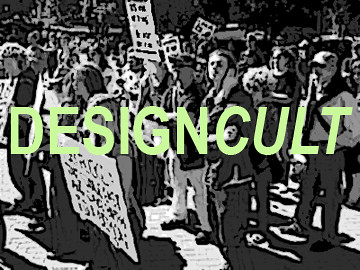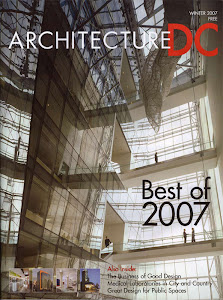 Carbon Footprint. Eco-Friendly. Sustainable. Green. These are words that within the last few years have entered into our vocabulary in a big way. It seems now, more than ever, people want to be more environmentally sensitive, from becoming less wasteful with natural resources and making greater strides to recycle, to lowering energy and fuel consumption. But if you are like most people, you may not really know what "green" and the rest of these catch-phrases really mean.
Carbon Footprint. Eco-Friendly. Sustainable. Green. These are words that within the last few years have entered into our vocabulary in a big way. It seems now, more than ever, people want to be more environmentally sensitive, from becoming less wasteful with natural resources and making greater strides to recycle, to lowering energy and fuel consumption. But if you are like most people, you may not really know what "green" and the rest of these catch-phrases really mean.
A great (and certainly fun) way to gain enlightenment is to head over to the National Building Museum (via bike, metro, or on foot, of course) and visit their 'Green Community' exhibit (currently on display through October 25, 2009). As much a feast for the eyes as for the mind, the exhibit features interactive displays and follows sustainable principles to educate the visitor about both the ways in which we use (and abuse) our planet Earth, and the various initiatives being explored to lessen our negative impact and encourage stewardship of the environment. The extensive exhibit is curated by Susan Piedmont-Palladino, professor of architecture at Virginia Tech's Washington Alexandria Architecture Center, who on a recent visit explained that the exhibit's name is singular (rather than 'communities') to emphasis the connectivity and role that we all play in the protection of our global community. While she points out that none of the initiatives featured in the exhibit are perfect answers, all are steps in the right direction. Of particular interest is a part of the exhibit which features local challenges and initiatives, which will change as the exhibit tours.
Want a sneak preview? Watch an introductory exhibition tour here.
And once you've whetted your appetite, continue your education by checking out, Gang Green, the blog where Susan muses about sustainability, design, and life as an urban ecophile.
Read more!
Friday, January 30, 2009
'Green' on Sustainability? Up your Earth-Friendly IQ at NBM!!
Sunday, January 18, 2009
Transparent Invasion


Downtown Washington, DC has recently seen an influx of glassy modern design. Older concrete boxes are being converted to modern, transparent and more elegant buildings all over the downtown street scape. Some of the older lifeless concrete bunkers are being gutted and re-skinned in transparent glistening glass while others are being leveled all together for new modern construction. Transparency is in. Behemoth bunkers are out. One better example of this new design craze is at the intersection of 18th Street and Connecticut Avenue NW. It is a re-skin job of a former concrete box that I am sure nobody even remembers what it had looked like before. This addition to the neighborhood adds a very nice modern element that stands out for today but still gives hints to the historic context that hugs it. Although I am over the green shade of curtain wall glass that is everywhere, the green glass facade adds a nice amount of color and vibrancy to the once mundane intersection. The glass curtain wall also adds a nice touch to the historic fabric where it's transparency actually exposes the neighboring buildings a bit more than the concrete that had hid them. This modern building actually makes the neighboring layers of history that much more evident. I am not a fan of the stainless steel base that creates a colonnade for the passerby. It feels too heavy and monolithic compared to the lightness of the glass massing above. There is no transition between the two elements. The roof top embellishments although add a nice amount of interest to the building. An understated yet elegant tower adds to the corner condition. It does not dominate the design but adds another layer and does so by the tighter rhythm of glazing divisions and structural detailing. Turning the corner the elevation becomes more uniform, but the uniformity echos the historic proportions of the townhouse bays that line the side street. This is a nice gesture to the scale of the past yet it does not take away from the modern importance and cohesiveness of the building. Overall this building is a nice modern addition to the ever evolving urban fabric of this historic city. 

Read more!








